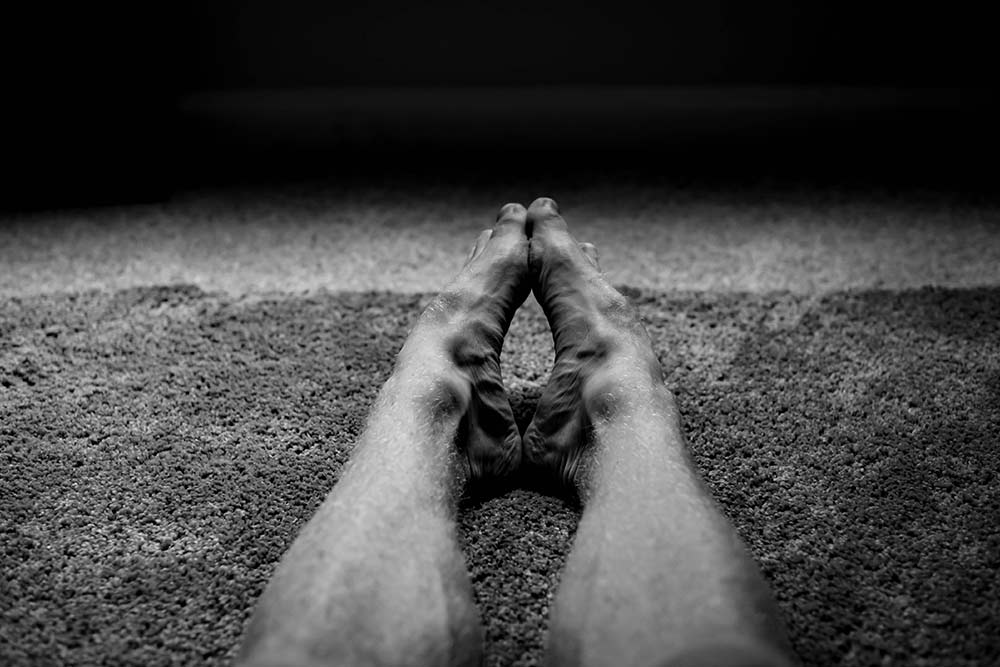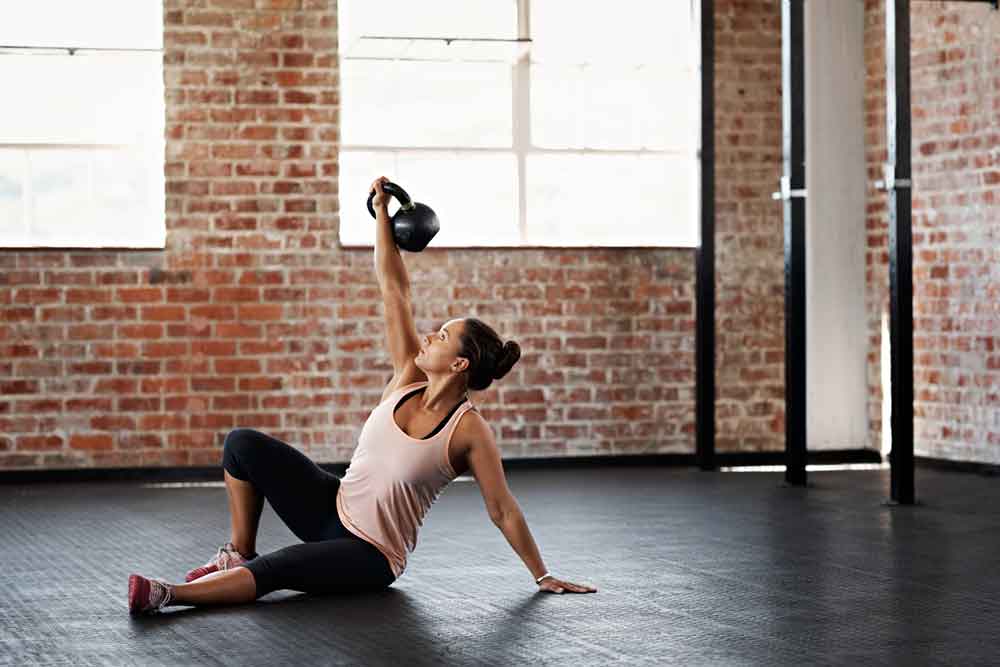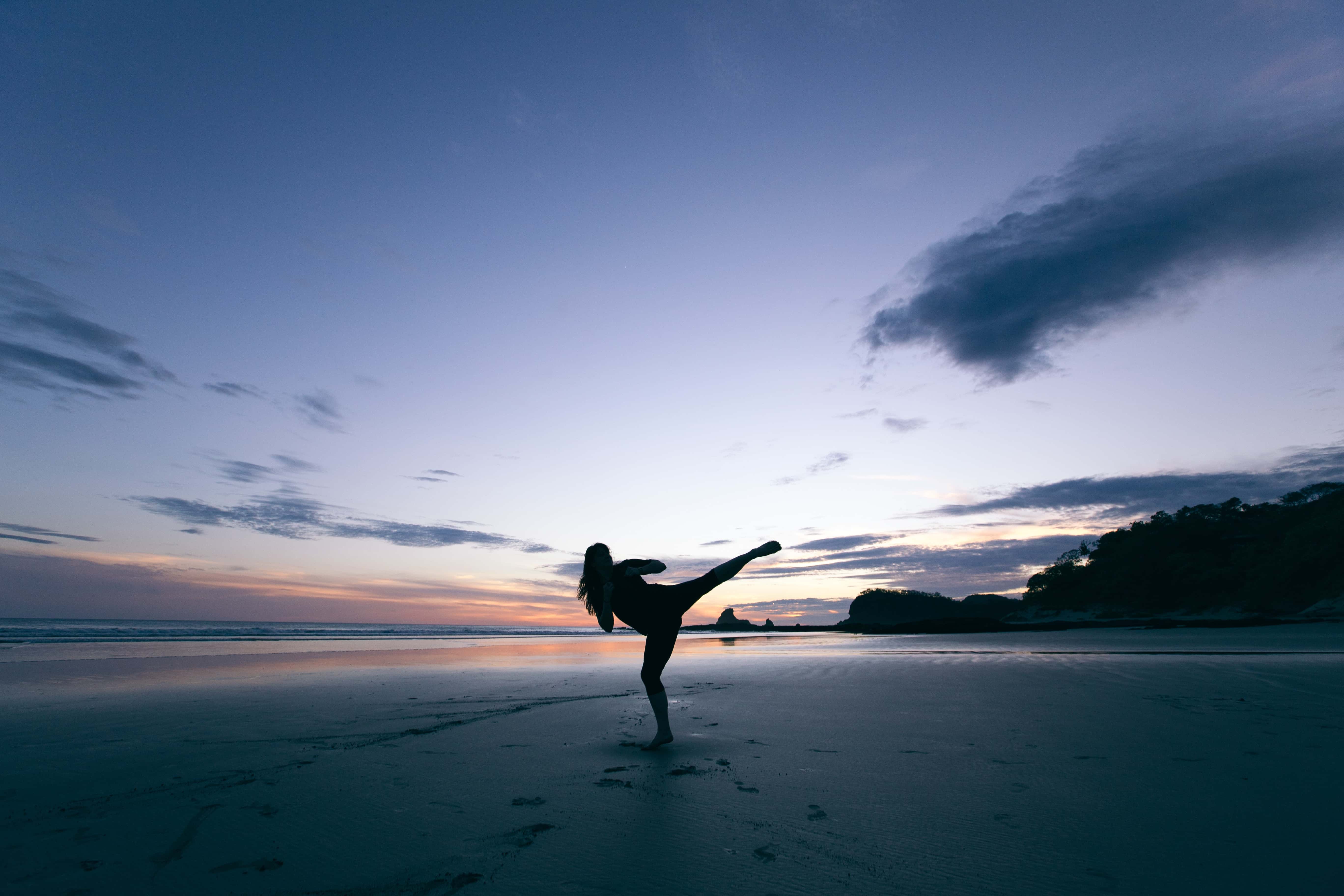4 Signs of Arthritis
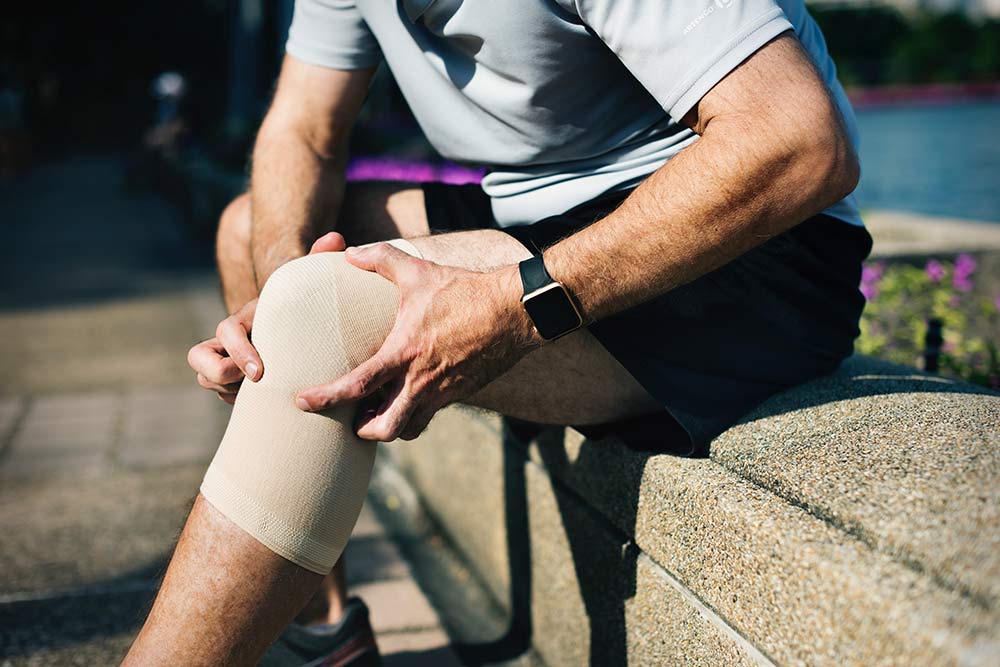
Ryan Cross, Physiotherapist
Most people know someone affected by arthritis or have symptoms of arthritis themselves. Often people will relate aches and pains to arthritis without even getting diagnosed. Arthritis is something that happens to us as we age, but some people will develop pain. On average, people will have symptoms for over 7 years before they receive a diagnosis. Many people avoid seeking treatment because they feel it is a normal part of aging or they just don’t have enough information about how some treatments can help improve their situation. There are 2 main types of arthritis that will require specific treatment. If you know the signs of arthritis, it can help you determine if you should get checked out. Physiotherapy can help limit the effect that some of these signs and symptoms have on your functional level. Taking an active role in your health care can help you avoid costly interventions if arthritis reaches the advanced stage.
Osteoarthritis vs. Rheumatoid Arthritis
There are two main types of arthritis: osteoarthritis (OA) and rheumatoid arthritis (RA). Osteoarthritis is by far the more common type, affecting about 1 in 8 people; rheumatoid 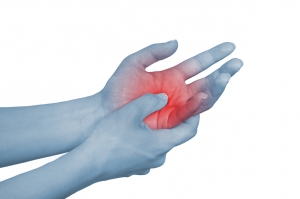 arthritis affects 1 in 136 people. These numbers are growing due to an aging population and advanced medical testing. Osteoarthritis is characterized by degeneration or loss of articular cartilage. This process can be initiated due to a number of different reasons including trauma, injury, genetics, or environmental factors (i.e. work-related tasks, physical activity, etc). The pain is typically isolated to the joint with degeneration, but there can sometimes be multiple joints showing pathology. Rheumatoid arthritis is also characterized by damage to the articular cartilage, but this process is stimulated by an autoimmune response that causes the body to attack its own joints. Since this is a systemic process, symptoms can be felt in many joints of the body. Rheumatoid arthritis will require a more specialized treatment plan with a Rheumatologist and medications specific to RA. Osteoarthritis is confirmed on X-ray testing, while rheumatoid arthritis is typically confirmed with a combination of tests, including blood work.
arthritis affects 1 in 136 people. These numbers are growing due to an aging population and advanced medical testing. Osteoarthritis is characterized by degeneration or loss of articular cartilage. This process can be initiated due to a number of different reasons including trauma, injury, genetics, or environmental factors (i.e. work-related tasks, physical activity, etc). The pain is typically isolated to the joint with degeneration, but there can sometimes be multiple joints showing pathology. Rheumatoid arthritis is also characterized by damage to the articular cartilage, but this process is stimulated by an autoimmune response that causes the body to attack its own joints. Since this is a systemic process, symptoms can be felt in many joints of the body. Rheumatoid arthritis will require a more specialized treatment plan with a Rheumatologist and medications specific to RA. Osteoarthritis is confirmed on X-ray testing, while rheumatoid arthritis is typically confirmed with a combination of tests, including blood work.
Related Article: Get Active With Rheumatoid Arthritis
Signs of Arthritis
The signs of arthritis to watch out for are similar for both rheumatoid arthritis and osteoarthritis. Osteoarthritis is the more likely cause for these signs and symptoms, but it is important to see your doctor to rule out other pathologies that require specific interventions.
1. Daily Pattern:
The hallmark sign of arthritis is morning stiffness. Most people with arthritis will complain that they have difficulty moving in the mornings for about 30 minutes. Once they get up and start moving around, they feel better. This morning stiffness is due to the inflammatory process that is occurring in the joint while we are sleeping. The inflammatory response causes increased blood flow to the joint and the enzymes attempting to repair the degeneration cause the joint capsule tissue to thicken. The pain may return later in the day after they have been actively using the joints for the entire day because the inflammatory process has restarted.
2. Pain location:
The hip and knee are the most commonly affected joints for arthritis. This is due to the amount of load going through these joints during weight bearing. Arthritic pain typically follows a pattern for location in each joint. The arthritis of the hip joint will typically present with groin pain as the main complaint. Knee joint arthritis will generally present with pain along the joint line, most commonly on front and inside part of the knee. Pain in these areas could be due to other causes; therefore a proper assessment is essential.
3. Pain Description:
The patient presenting with arthritis will generally have a similar story to the onset and description of their pain. In many cases, there was no incident that caused the pain to start in the first place, but over time it has become progressively worse. There may be an old injury many years ago, but nothing recently that seems significant enough to cause the pain. When asked to describe the pain, patients will commonly say the joint feels achy, sore, stiff and swollen. These all refer to the inflammatory process happening inside the joint.
4. The pattern of Restricted Motion:
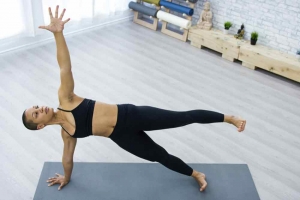 The pathological process of arthritis involves inflammation that causes biochemical and structural changes in the joint. These changes include increased blood flow to the joint, loss of cartilage thickness, thickening of the joint synovium and joint capsule. When these processes are present, it causes the motion in the joint to be restricted in a typical pattern. In the early stages of arthritis, the hip range of motion (ROM) will be restricted to internal rotation and extension. As arthritis progress, flexion and abduction are also limited. The knee will have a flexion restriction loss greater than extension. The other pattern of restriction that is noticed by most patients is how the stiffness is worse after prolonged periods of sitting or standing.
The pathological process of arthritis involves inflammation that causes biochemical and structural changes in the joint. These changes include increased blood flow to the joint, loss of cartilage thickness, thickening of the joint synovium and joint capsule. When these processes are present, it causes the motion in the joint to be restricted in a typical pattern. In the early stages of arthritis, the hip range of motion (ROM) will be restricted to internal rotation and extension. As arthritis progress, flexion and abduction are also limited. The knee will have a flexion restriction loss greater than extension. The other pattern of restriction that is noticed by most patients is how the stiffness is worse after prolonged periods of sitting or standing.
Related Article: Achieve Optimal Bone Health With High-Intensity Interval Training
Treatment options
If you notice these four signs, it is important to get checked out by your doctor or physiotherapist. In many cases, arthritis is very treatable. Physiotherapy is an effective way to manage the symptoms of arthritis from the early stage to the advanced stages. Physiotherapists can assess your limitations and functional restrictions to determine the appropriate course of action. Treatment will typically include hands-on manual therapy to help restore optimal mobility, complemented with exercise to increase flexibility. Strength and balance exercises can also help improve function and decrease pain. Physiotherapists may also use pain control modalities such as ultrasound, laser, or electrical stimulation to help minimize pain. A comprehensive plan will help address your specific goals. It is also important to talk to your doctor as there are medications that can help control your symptoms. If these aren’t sufficient, or arthritis has progressed to advanced stages, sometimes injections or surgery will be recommended.
Although arthritis is something that happens to us as we age, like wrinkles or gray hair, there are options to address it. It starts with identifying the signs that indicate the arthritic process has begun and it is negatively impacting your life. By seeing your doctor or physiotherapist can kick-start a treatment plan to improve your limitations and live your life to the fullest.
Reference:
MacDonald, Karen V., et al. Symptom onset, diagnosis, and management of osteoarthritis. Statistics Canada, 2014.
You Might Like:









